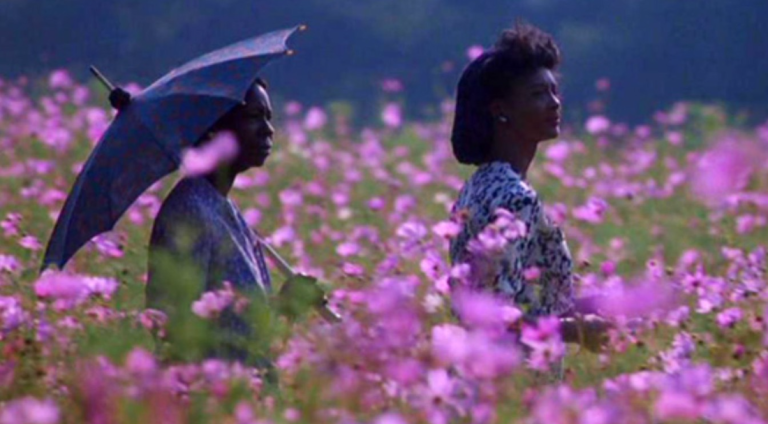
Watching Alice Walker’s masterpiece with my Thai partner reveals universal themes of resilience and hope
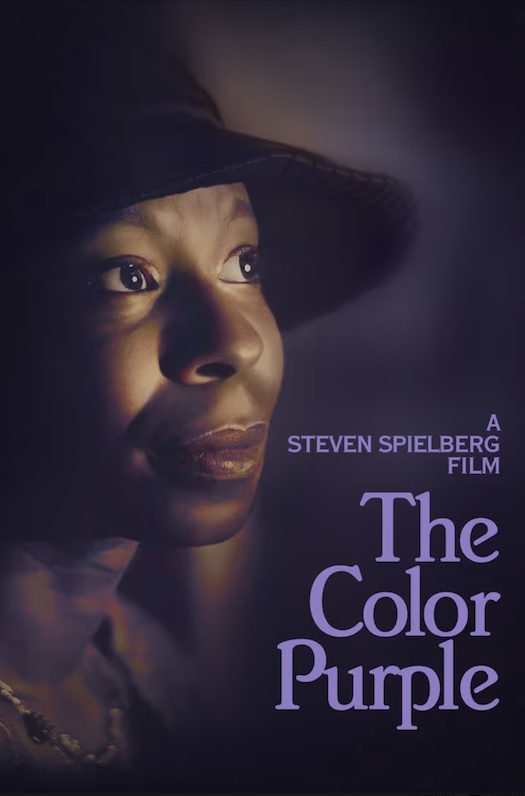
New York, N.Y. – Stories possess an extraordinary power to bridge cultures, languages, and experiences.
This truth became profoundly evident during a Memorial Day evening when I watched Steven Spielberg‘s adaptation of “The Color Purple” with my Thai husband, transforming a familiar cinematic experience into a journey of cultural discovery and emotional connection.
A Literary Foundation Built on Shared Evenings
Our exploration of Alice Walker‘s seminal work began months earlier in our living room.
Each evening, we sat together on our couch, my husband carefully sounding out Celie’s words as he practiced his English through Walker’s powerful prose.
For someone whose native language is Thai, the rural American South of the 1930s presented a landscape as foreign as another planet.
The sharecropping system, the brutal realities of Jim Crow laws, and the complex social hierarchies that defined African-American life in that era required constant explanation and discussion.
We paused frequently—sometimes for vocabulary clarification, other times to process the emotional weight of scenes depicting both cruelty and remarkable resilience.
Cinematic Translation: From Page to Screen
When we finally watched the film together, I witnessed “The Color Purple” through entirely new eyes. The North Carolina landscapes captured by cinematographer Allen Daviau created a visual poetry that transcended language barriers.
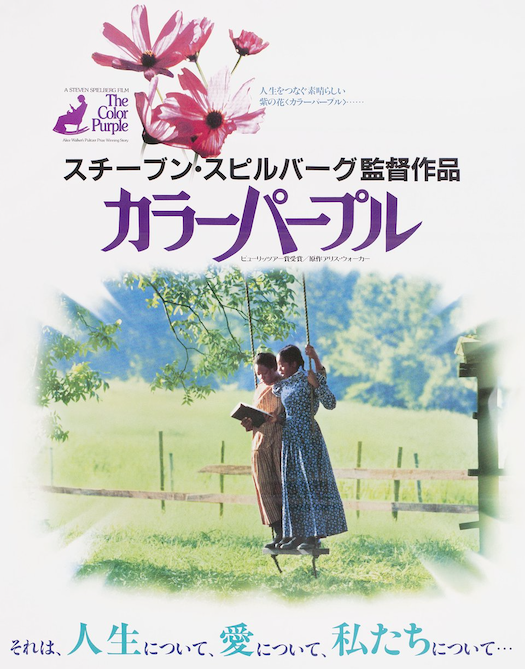
The gospel music that punctuates the narrative, the vibrant community gatherings, and the rich cultural traditions provided my husband with context that mere words couldn’t convey.
He was particularly moved by the performances of Whoopi Goldberg as Celie and Oprah Winfrey as Sofia.
heir portrayals of strength amid adversity resonated deeply, despite the cultural gulf between his experiences and theirs.
The physical and emotional abuse depicted in the film visibly shook him, prompting thoughtful questions about domestic violence, systemic racism, and the social structures that enabled such treatment.
Cultural Dialogue and Historical Understanding
Throughout our viewing, my husband asked penetrating questions that revealed his genuine effort to understand not just the story, but the historical context that shaped it.
Why did Mr. treat Celie so poorly? How could Sofia’s strength be seen as threatening? What historical forces created such oppressive conditions?
These questions led to broader discussions about American history, the legacy of slavery, and the ongoing struggle for civil rights.
For someone learning about these concepts for the first time, the film served as both entertainment and education, illustrating how personal stories can illuminate larger historical truths.
Discovering Universal Themes Through Specific Stories

Despite the cultural specificity of Walker’s narrative, my husband connected deeply with its universal themes.
He was surprised by the moments of joy that punctuated the suffering—Shug Avery’s sultry performances at Harpo’s juke joint, the infectious laughter of community gatherings, and the triumphant reunion of Celie and Nettie.
The symbolic significance of the color purple itself—found in the fields that surround the characters—became a revelation for him.
He understood how beauty could exist alongside suffering, how hope could flourish in the most unlikely circumstances.
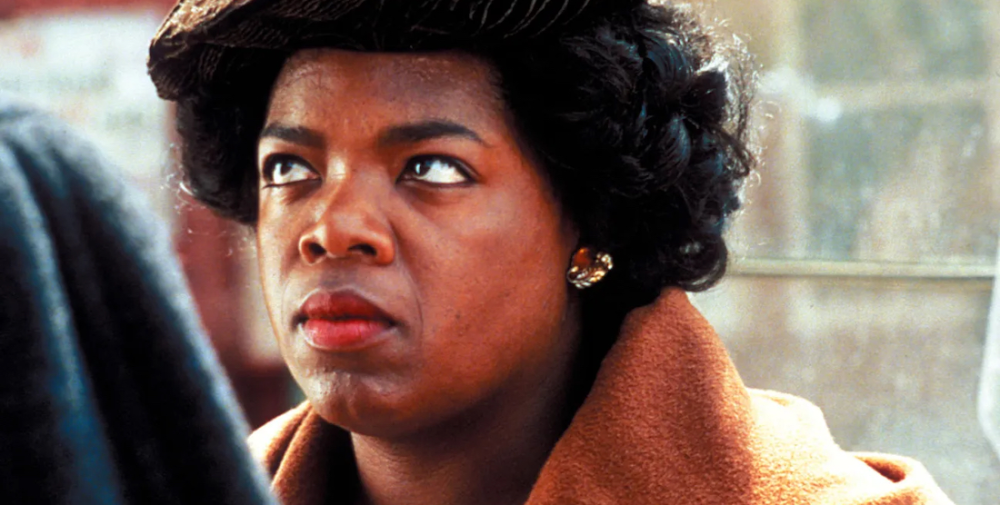
Language as Bridge and Barrier
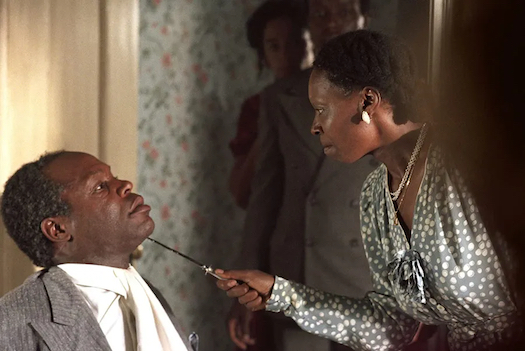
Our shared experience highlighted both the limitations and possibilities of cross-cultural communication.
While my partner’s developing English skills sometimes made complex discussions challenging, the emotional power of Walker’s story transcended linguistic barriers.
Tears, smiles, and gasps of recognition became their own universal language.
The African-American Vernacular English used throughout the novel and film initially posed comprehension challenges, but it also provided an authentic window into a specific cultural experience.
My husband began to appreciate how language itself carries cultural identity and historical memory.
75-Word Audio Summary: Watching The Color Purple with my Thai husband, who was learning English by reading Alice Walker’s novel, became a profound cross-cultural experience. Our evening discussions about Celie’s story bridged language barriers while exploring themes of resilience, love, and hope. The film’s universal messages of survival and strength resonated across cultural boundaries, proving that powerful storytelling can connect people from vastly different backgrounds through shared human experiences and emotions.
#ColorPurpleReview #CrossCulturalCinema #AliceWalker #LiteratureAndFilm #CulturalBridge
TAGS: literature, film adaptation, cross-cultural experience, Thai American, The Color Purple,
Alice Walker, language learning, cultural understanding, American history, civil rights

Social Media Blurbs
X (Twitter): Cross-Cultural Cinema: Love Transcends Language Through Literature. Watching The Color Purple with my Thai husband revealed universal themes. #ColorPurpleReview #CrossCulturalCinema bit.ly/ColorPurpleStory
Bluesky: Cross-Cultural Cinema: Love Transcends Language Through Literature. How watching Alice Walker’s masterpiece with my Thai husband opened new perspectives on familiar stories. #ColorPurpleReview #CulturalBridge bit.ly/ColorPurpleStory
LinkedIn: Reading Alice Walker’s “The Color Purple” with my Thai husband while he learned English created an unexpected opportunity for cross-cultural dialogue about American history, civil rights, and universal human experiences. Our Memorial Day film viewing became a masterclass in how literature and cinema can bridge cultural divides, foster empathy, and create meaningful conversations about complex social issues that resonate across backgrounds. #CrossCulturalCommunication #DiversityAndInclusion #LiteraryEducation https://www.stewardshipreport.org/color-purple-story
Truth Social: Cross-Cultural Cinema: Love Transcends Language Through Literature. Watching The Color Purple with my Thai husband showed how great American stories connect all people regardless of background. Universal themes of strength and hope shine through. #AmericanCinema https://www.stewardshipreport.org/color-purple-story
Mastodon: Sharing Alice Walker’s “The Color Purple” with my Thai husband—first through nightly reading sessions, then watching Spielberg’s film—became an unexpected journey of cultural exchange. His fresh perspective on familiar themes of resilience and hope reminded me how powerful stories transcend language barriers and connect us through shared human experiences. #ColorPurpleReview #CulturalBridge https://www.stewardshipreport.org/color-purple-story
Instagram: Watching classic films with loved ones from different cultures opens new perspectives on familiar stories. Cross-Cultural Cinema: Love Transcends Language Through Literature—see link in bio.
#ColorPurpleReview #CrossCulturalCinema #AliceWalker #CulturalBridge #LiteratureAndFilm
Facebook: How does sharing beloved literature and films with someone from another culture change your understanding? Reading “The Color Purple” with my Thai husband, then watching Spielberg’s adaptation together, became a profound lesson in how stories bridge cultural divides. His questions and observations revealed universal themes I’d never fully appreciated. Cross-Cultural Cinema: Love Transcends Language Through Literature. #CrossCulturalExperience #ColorPurpleReview https://www.stewardshipreport.org/color-purple-story
Reddit: I spent months reading “The Color Purple” with my Thai husband as he learned English, then we watched the film together. His perspective as someone experiencing this story for the first time, from a completely different cultural background, was fascinating. What classic American films or books have you shared with international friends or family members? How did their fresh perspective change your understanding of familiar stories? #ColorPurpleReview #CrossCulturalExperience https://www.stewardshipreport.org/color-purple-story